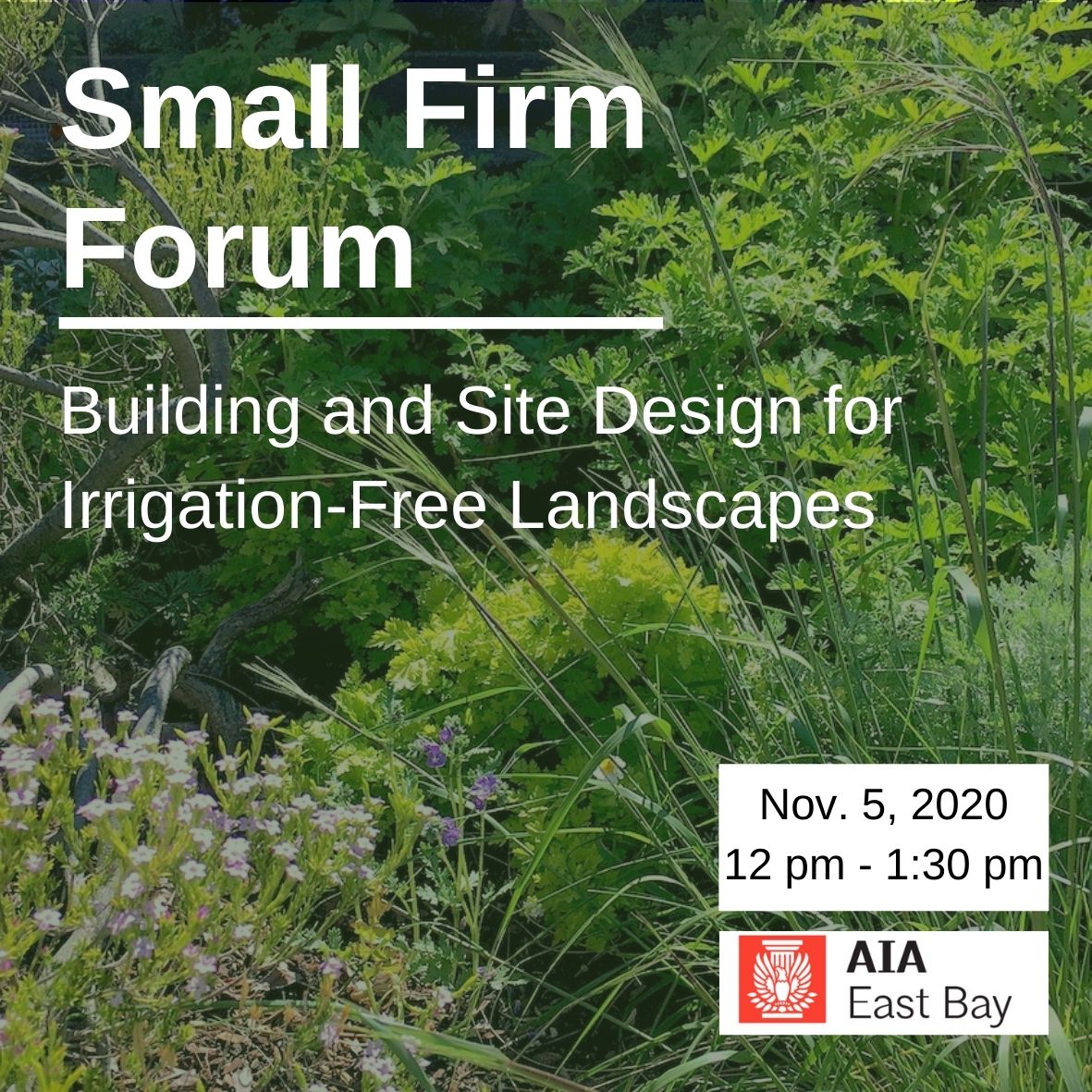
Small Firm Forum: Building and Site Design for Irrigation-Free Landscapes (1.5 LU | HSW)
The presentation explores the interplay between the built form and landscapes and their water needs – looking at how variables like hardscape, shade, site slope, and others influence how well plants can survive in un-irrigated environments – that is, landscapes that don’t have an irrigation system they are attached to.
This presentation will explore 10 years of design, installation, and research I have done through my practice, Prairieform, on creating landscapes that can grow and thrive without irrigation – both in Mediterranean and more continental climates. It will explore long-term data collected on actual – as opposed to perceived – water needs of plants and how this data translates into learning lessons for site and building design, plant selection, and planting and watering techniques. Participants should leave the workshop with a better sense of not just how landscapes without irrigation are possible (a common misperception is that they are impossible or that they will look half-dead) but how site and building design, and site prep, can play a critical role in making these landscapes successful. While we will be looking in part at numbers and data, the presentation will be place equal emphasis on visuals, as, at the end of the day, these landscapes need to read as beautiful to the general public and not as science experiments (even if they are!).
About the speaker:
John Kamp is an urban and landscape designer, licensed landscape contractor, educator, and facilitator with Prairieform. Over the past 15 years, his design/build work has engaged diverse audiences in exploring how how site design and planting and watering techniques influence the ultimate water needs of plants; plant succession and the role of weeds in urban ecosystems; how design can influence how humans perceive relative intentionality in landscapes; and how garden cultivars interact with self-sowing plants within garden settings over time. He is an experienced facilitator who also leads hands-on interactive workshops with James and Rojas of Place It! on engaging diverse audiences in urban planning, design, landscape, and transportation. He and Rojas are currently co-writing a book for Island Press due out in 2021
Learning objectives:
- Understand the role that site design plays in the success of landscapes without irrigation
- Gain a foundation in core drought adaptations of plants and how those influence site and planting design
- Explore recorded data from the actual watering needs of plants to gain a deeper understanding of how landscapes can grow and thrive without supplemental irrigation after the first growing season.
- Learn core planting and watering techniques for ensuring that a landscape can grow and thrive without supplemental irrigation
Date
- Nov 05 2020
- Expired!
Time
- 12:00 pm - 1:30 pm
Local Time
- Timezone: America/New_York
- Date: Nov 05 2020
- Time: 3:00 pm - 4:30 pm
Next Event
- AIASF Design Awards Gala
-
Date
- Apr 18 2024
-
Time
- 5:00 pm
Recent Posts
- Women in Architecture Held it’s First Annual Recognition Party!
- Take a Look at Our 1st Annual AIAS Design Competition
- Tim Nystrom: A Visionary Leader in Architecture | Member Spotlight
- We Had a Radical Time with Marlon Blackwell’s Joint Lecture Series Talk!
- Valuation Threshold – Chapter 11B-202 and Alterations affecting Accessibility by Kerwin Lee, AIA
Recent Comments
- Our 2023 Member Appreciation Party was A Night to Remember! - AIA – East Bay Chapter on Congratulations to our 2024-2026 Board Members!
- 2023 Design Awards Winners Announced! - AIA – East Bay Chapter on 2023 Design Award Nominees Announced!
- Robert Cooley on Plumbing Fixtures in the 2022 Codes by Kerwin Lee, AIA
- AIA East Bay on AIAEB Launches New Membership Outreach Program
- madeleine@mzmdesignworks.com Zayas on Last Night’s Member Appreciation Party
Archives
- March 2024
- February 2024
- January 2024
- December 2023
- November 2023
- October 2023
- September 2023
- August 2023
- July 2023
- June 2023
- May 2023
- April 2023
- March 2023
- February 2023
- January 2023
- December 2022
- November 2022
- October 2022
- September 2022
- August 2022
- July 2022
- June 2022
- May 2022
- April 2022
- March 2022
- February 2022
- January 2022
- December 2021
- October 2021
- September 2021
- August 2021
- July 2021
- June 2021
- May 2021
- April 2021
- March 2021
- February 2021
- January 2021
- December 2020
- November 2020
- October 2020
- September 2020
- August 2020
- July 2020
- June 2020
- May 2020
- April 2020
- March 2020
- February 2020
- January 2020
- December 2019
- October 2019
- September 2019
- August 2019
- July 2019
- June 2019
- May 2019
- April 2019
- March 2019
- February 2019
- December 2018
- November 2018
- October 2018
- September 2018
- August 2018
- July 2018
- June 2018
- May 2018
- April 2018
- March 2018
- February 2018
- January 2018
Categories
- ADA/Accessibility
- Archinect
- ArchNews
- Awards
- CES
- Classified/Announcement
- Committees & Forums
- Design
- Emerging Professionals
- Large
- Lecture
- Licensure
- Medium
- Member Spotlight
- Monthly Program
- Networking/Social
- News
- Partners
- Professional Practice
- Programs & Events
- Small
- Small Firm Forum
- Student
- Tours
- Unbuilt
- Uncategorized
- User Groups
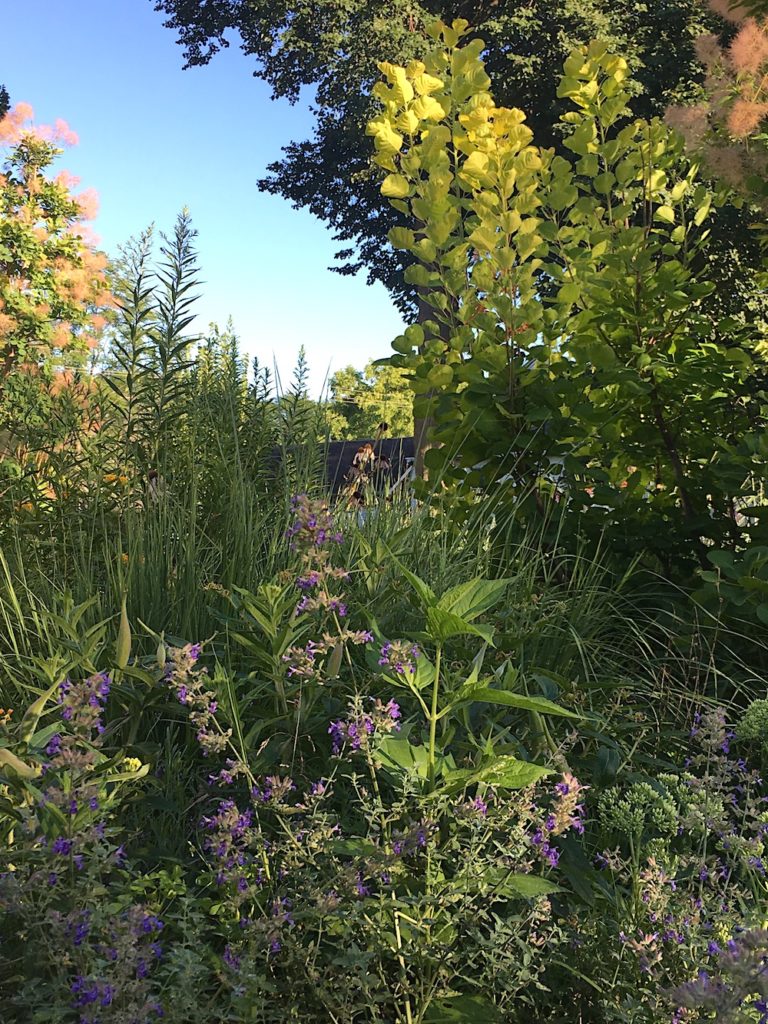
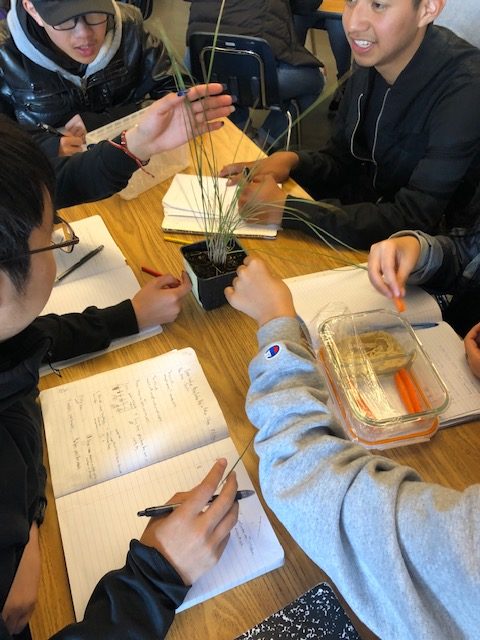
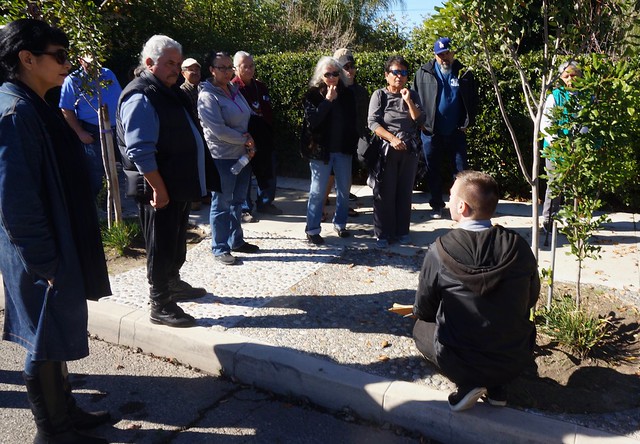
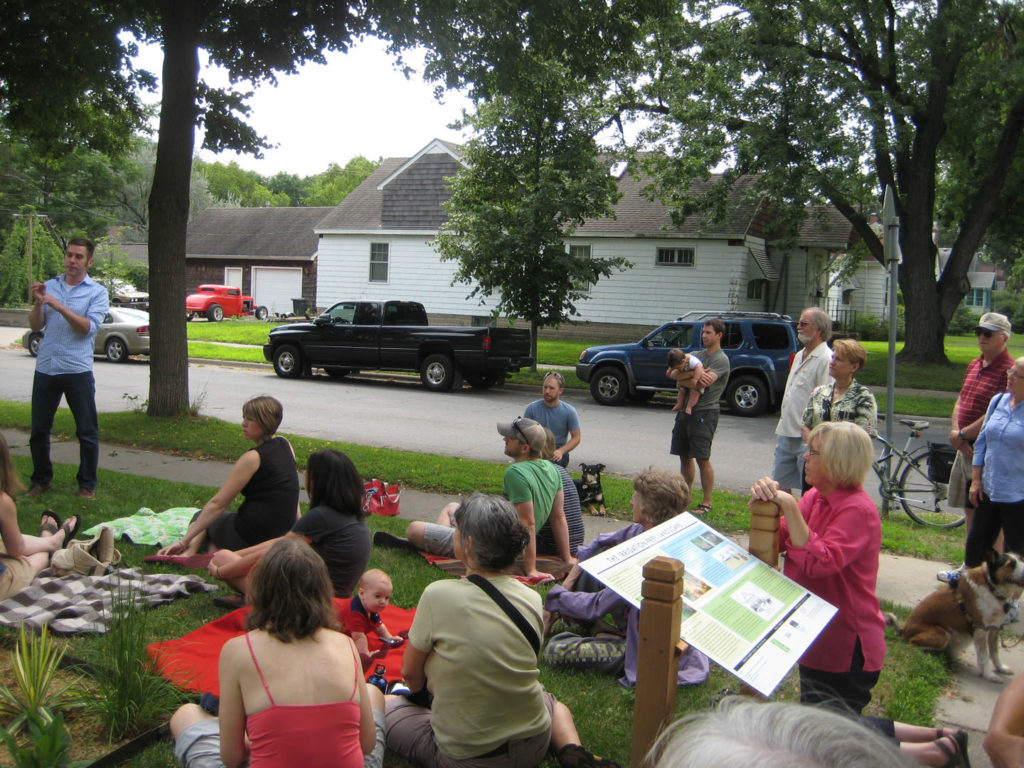
Responses